Tag Archive for: classical physics
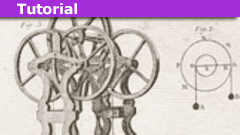
How to Solve a Multi-Atwood Machine Assembly
/
0 Comments
IntroductionThe figure on the right shows a "double-double" Atwood machine with three ideal pulleys and four masses. All pulleys are released from…

How to Measure Internal Resistance of a Battery
Introduction
A commonly encountered school-level Physics practical is the determination of the internal resistance of a battery - typically an AA or D…

Subtleties Overlooked in Friction Questions: Object Slides Down Ramp
Problem statement (simplified)
An object slides down a ramp at angle θ to encounter level ground. Both surfaces have kinetic friction: μ' on the ramp,…

A Physics Misconception with Gauss’ Law
Introduction
It is relatively common to see the following type of argument:
The surface area is ##A## and the enclosed charge is ##Q##. The electric…
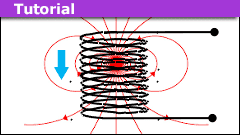
How to Model a Magnet Falling Through a Solenoid
Introduction
Modeling a magnet realistically is a task best done numerically. Even the simplified model of two separated disks with uniform surface…

How Can We Jump When the Ground Does No Work?
It is relatively common on Physics Forums to see arguments that are effectively similar to the following:
When we jump off the ground, the ground does…

Maximizing Horizontal Range of a Projectile
Introduction
A recent homework problem that appeared in the forums was concerned with maximizing the horizontal range of a projectile subject to the launch…

Why Bother Teaching Mechanical Energy Conservation?
Note: It is assumed that the reader has read part I and part II of the series.Is Mechanical Energy Conservation Free of Ambiguity?
Can We Do Better…

Can We Do Better Than Mechanical Energy Conservation?
Note: It is assumed that the reader has read part I of the series.
Introduction
The ambiguity and flaws discussed in part I can be resolved using the…
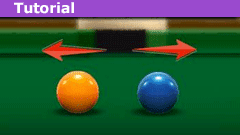
An Alternate Approach to Solving 2-Dimensional Elastic Collisions
Introduction
This article follows on from the previous on an alternate approach to solving collision problems. In that article, we determined the equal…

Is Mechanical Energy Conservation Free of Ambiguity?
Introduction
"Close to any question that is in the textbook, there is another question that has never been answered that is interesting."
[Stephen Wolfram,…
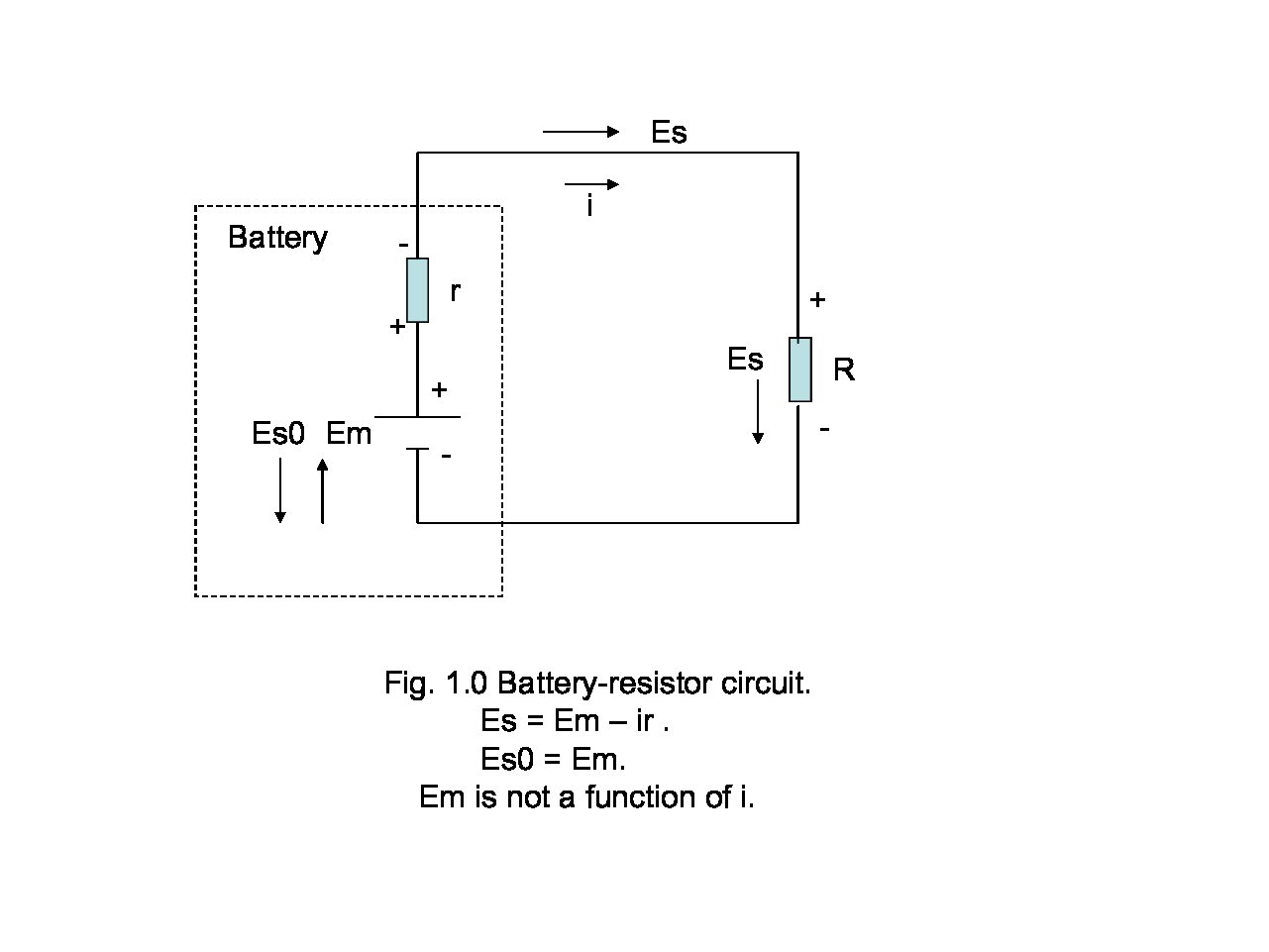
How to Recognize Split Electric Fields
Introduction
In a previous Insight, A New Interpretation of Dr. Walter Lewin’s Paradox, I introduced the fact that there are two kinds of E fields. …

An Introduction to the Generation of Mass from Energy
Introduction
This article is essentially an addition to the previous one on (mainly) inelastic collisions to include the particular case of inelastic…

An Alternative Approach to Solving Collision Problems
Introduction
Collisions are very much a stock item in any school physics curriculum and students are generally taught about the use of the principles…

Learn the Fundamentals of the Diffraction Grating Spectrometer
Introduction
In this article we will discuss the fundamentals of the diffraction grating spectrometer. The operation of the instrument is based upon…

Exploring Bell States and Conservation of Spin Angular Momentum
In a recent thread, I outlined how to compute the correlation function for the Bell basis states\begin{equation}\begin{split}|\psi_-\rangle &=…

Understanding Bohr’s Helium Lines
Introduction
In a previous article "Calculating the Balmer Alpha Line" we mentioned how accurate predictions of the spectral lines of singly ionized Helium…

What is Impedance? A 5 Minute Introduction
Definition/Summary
The impedance of a load (a combination of components) in an AC current is a complex number [itex]Z\ =\ R+jX[/itex] where [itex]R[/itex]…

Learn the Basics of Dimensional Analysis
As a university teacher and as a PF member, I have often noted that students are largely unaware of or not using dimensional analysis to help them in their…

Calculating the Balmer Alpha Line: Atomic Hydrogen
Introduction
Most readers acquainted with the hydrogen spectrum will be familiar with the set of lines in the visible spectrum representing transitions…

What is Potential Energy? A 5 Minute Introduction
Definition/Summary
Potential energy is simply another name for (minus) the work done by a conservative force.Since the work-energy theorem states…
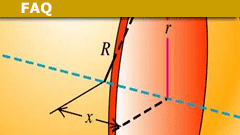
What is the Moment of Inertia? A 10 Minute Introduction
Definition/Summary
The moment of Inertia is a property of rigid bodies.It relates rotational force (torque) to rotational acceleration in the same…

Exploring the Spectral Paradox in Physics
In terms of wavelength, peak solar radiation occurs at about 500 nm. Interestingly, this is well within the range of human vision. When solar radiation…

Permanent Magnets Explained by Magnetic Surface Currents
Introduction:
The purpose of this Insight is to explain permanent magnets in a way that is in agreement with advanced textbooks on the subject, and that…

Fabry-Perot and Michelson Interferometry: A Fundamental Approach
Fabry-Perot Effect:
The Fabry-Perot effect is usually treated in most optics textbooks as the interference that results from multiple reflections of the…

Learn The Basics of Rolling Motion
Although rolling wheels are everywhere, when most people are asked "what is the axis of rotation of a wheel that rolls without slipping?", they will answer…

Why Road Capacity Is Almost Independent of the Speed Limit
Let us start with a familiar situation. Take a familiar part of a road, for example, the one from your home to work. How long will it take you to drive…

Elementary Construction of the Angular Velocity
Physics books seldom contain an accurate definitions of the angular velocity of a rigid body. I believe that the following construction is as simple as…

Introduction to the Secondary Forces in Physics
Many are familiar with the "fundamental forces" of nature: gravity, electromagnetism, and the strong and weak nuclear forces. Three of these have a tendency…

Exploration into the Physics of Rainbows
For several years, I have been contemplating this beautiful picture by photographer Brian McPhee. I have a personal interest in the photograph because…

Do Photons Move Slower in a Solid Medium?
This question appears often because it has been shown that in a normal, dispersive solid such as glass, the speed of light is slower than it is in a vacuum.…

Exploring a Paper on Scaling Laws and the Speed of Animals
Key PointsScaling arguments are powerful tools in physics between vague descriptive arguments and rigorous formulae.
Examples of scaling arguments…

Frequently Made Errors: Pseudo and Resultant Forces
1. Real versus Fictitious
Pseudo, or "fictitious", forces can arise when a non-inertial frame of reference is used. Using a non-inertial frame…

Learn the Physics of Hand-to-Hand Combat
Key Points Martial arts effectively use principles of physics to achieve goals quickly and forcefully.
Athletic intelligence enables humans to…
